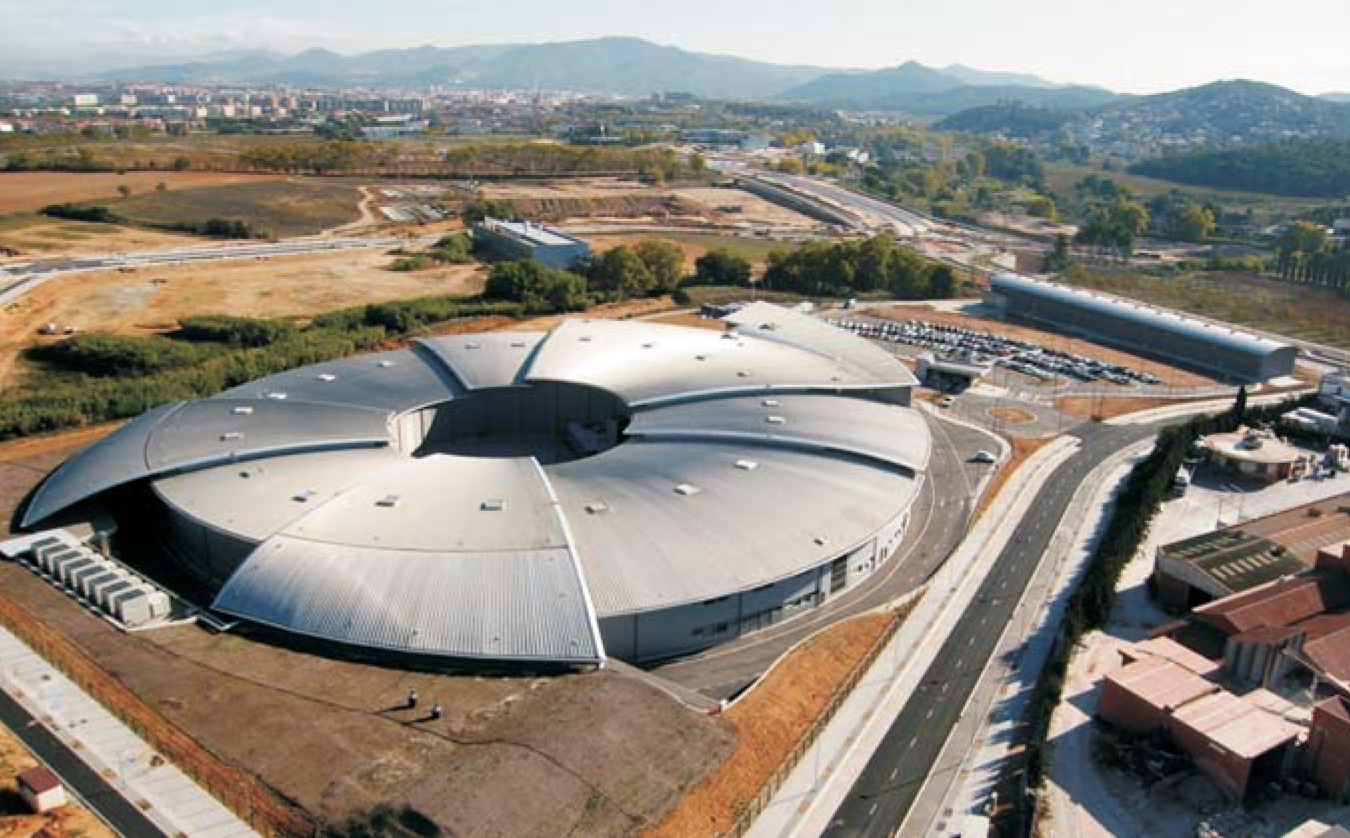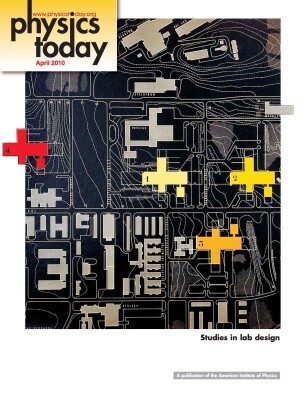New light source is Spain’s biggest science facility
DOI: 10.1063/1.3397037
Spain’s new synchrotron light source, Alba, is on track to come on line in about a year in Cerdanyola del Vallès, near Barcelona. An inauguration ceremony was held for the facility last month, during Spain’s rotation in the European Union presidency.
Employing mostly proven technologies, the 3-GeV Alba—Spanish for “dawn light”—will be a state-of-the-art facility on a par with Soleil in France, Diamond in the UK, and others. The first seven beamlines will be a mix of soft x rays—for applications in materials science, solid-state physics, biology, chemistry, and medicine—and hard x rays for crystallography and absorption studies. The plan is to eventually equip the synchrotron with up to 32 beamlines around its 270-meter circumference.
Light sources like Alba (see photo) are popping up around the world, thanks in part to developments at higher-energy facilities, namely the 6-GeV European Synchrotron Research Facility in France, the 7-GeV Advanced Photon Source at Argonne National Laboratory in the US, and the 8-GeV SPring-8 in Japan. The top-up, or continuous injection of electrons into the synchrotron, combined with in-vacuum undulators “are a big reason lower-energy machines can perform so well. Alba will be smaller, cheaper, and a valuable resource for the Spanish [research community] and the region,” says APS director J. Murray Gibson, who adds that “a couple of their instruments push in innovative directions. If they work well, others may come to use them or replicate them.”

ALBA ARCHIVES

One of the specialized instruments planned for Alba will analyze the energy and direction of fluorescence emitted by samples after they are irradiated with x rays. Another uncommon instrument is a cryogenic soft-x-ray microscope that creates three-dimensional images of biological cells. And Alba, together with a nearby chemistry institution, is building chemical reactors that can be adapted to the synchrotron’s instruments to monitor in situ catalytic reactions. “We are trying to address problems of real industrial catalysis, mostly with hydrocarbon chemistry, like in car exhaust,” says Alba experimental director Salvador Ferrer. The machine’s other instruments, he adds, are “nothing special, but they are the best of what is done these days.”
Ferrer calls Alba “the most ambitious scientific project by this country.” The light source adds up to about twice the cost of the GranTeCan, a 10.4-meter telescope in the Canary Islands. Alba’s €202 million ($275 million) tab is being split by the Spanish national and Catalan regional governments. Annual running costs are estimated at about €22 million. Spain vied unsuccessfully to host the international projects ITER—the fusion test reactor being built in France (see page 20 of this issue)—and the European Spallation Source, for which Sweden won the site competition (see Physics Today, March 2010, page 24
Over the past decade, says Ferrer, “the scientific evolution of Spain has been very large. The scientific population has increased, the number of publications has increased. This trend continues.” (See Physics Today, August 2001, page 20
More about the Authors
Toni Feder. American Center for Physics, One Physics Ellipse, College Park, Maryland 20740-3842, US . tfeder@aip.org
